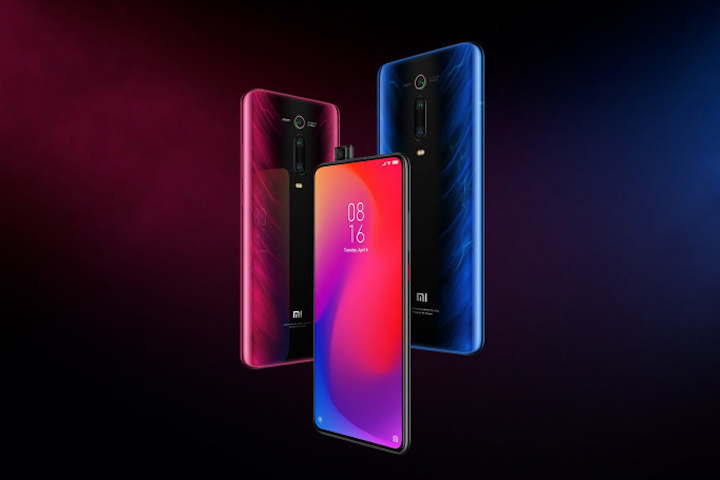
The Xiaomi Mi 9T Pro is new in name only. The newly announced smartphone from Chinese brand Xiaomi is a renamed version of the Redmi K20 Pro, which was initially launched at the end of May. It follows the Xiaomi Mi 9T, which was itself a renamed version of the Redmi K20, also revealed alongside the K20 Pro in May. The Redmi-branded phones are already available in China, while the Mi 9T models are destined for Europe and other countries.
While the rebranding makes sense — the Redmi name is not well known outside China — it’s unfortunate Xiaomi decided to stagger the release. Giving people the choice of both phones at the same time would have been fairer. Xiaomi’s annoying practices aside, and based on how good the Mi 9T was during our time with it, the higher-specification Mi 9T Pro will be even more desirable.
Let’s start with the stunning looks. The rear panel has a nano-holographic finish, giving it an eye-catching flame effect that appears to be deep below the surface. It looks fantastic, and comes in either red or black, but appears to be missing the pretty blue seen on the Mi 9T. The body is 8.8mm thick and weighs 191 grams, while the glass is Gorilla Glass 5 on the front and rear. Xiaomi has chosen a 6.4-inch Super AMOLED screen for the Mi 9T, with a resolution of 2,340 x 1,080 pixels.
Camera, processor, and price
You’ll notice there isn’t a notch, and that’s because the selfie camera is a pop-up unit on top of the phone. The 20-megapixel selfie camera is joined by a triple-lens camera on the back, made up of a 48-megapixel main lens, a 13-megapixel wide-angle lens, and an 8-megapixel telephoto lens. There’s an in-display fingerprint sensor, plus Android 9.0 Pie with MIUI 10 over the top,
Wait, you’re thinking, that’s exactly the same as the Mi 9T/Redmi K20. It is, and the difference between the normal and the Pro model comes when we get to the processor. The Mi 9T Pro has a Qualcomm Snapdragon 855 chip, compared to the Mi 9T’s Snapdragon 730. It comes with 6GB of RAM and either 64GB or 128GB of internal storage space. The battery has the same 4,000mAh capacity but gains faster charging.
Currently announced for release in Europe, the Mi 9T Pro costs 400 euros, or about $443, for the 64GB model, or 450 euros/$500 for the 128GB phone. For the specification, this represents superb value, considering the similar OnePlus 7 Pro starts at $700. However, Xiaomi does not sell smartphones in the U.S., so if you want one, you’ll have to turn to a friendly importer. The Xiaomi Mi 9T Pro will have a staggered release in Europe, starting on August 26 and continuing into September.



